Discover a wide range of professional training and cybersecurity courses designed to elevate your skills and advance your career. From foundational principles to advanced techniques, our course catalog offers in-depth learning opportunities across various industries. Browse through our extensive selection to find the perfect fit for your professional development needs and take the next step in achieving your goals with TrainSec academy.
Choose the path that fits your career goals and unlock a curated selection of expert-led courses to level up your skills.
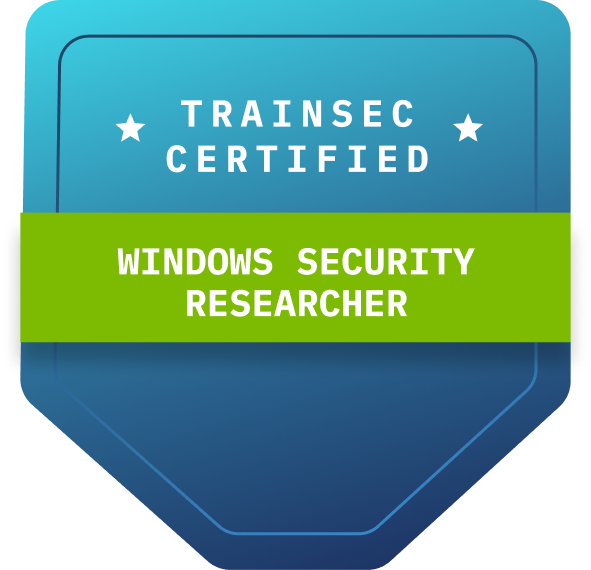
Provides the necessary knowledge, understanding, and tools to be a successful Windows OS researcher.
Stay up to date with our latest courses and course updates.


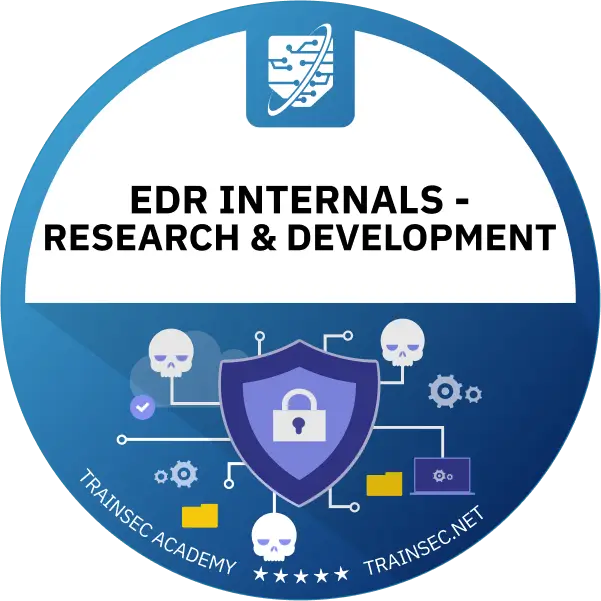
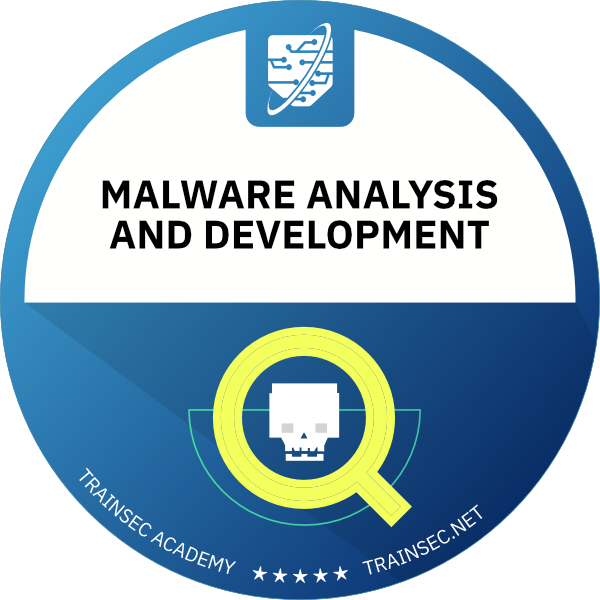
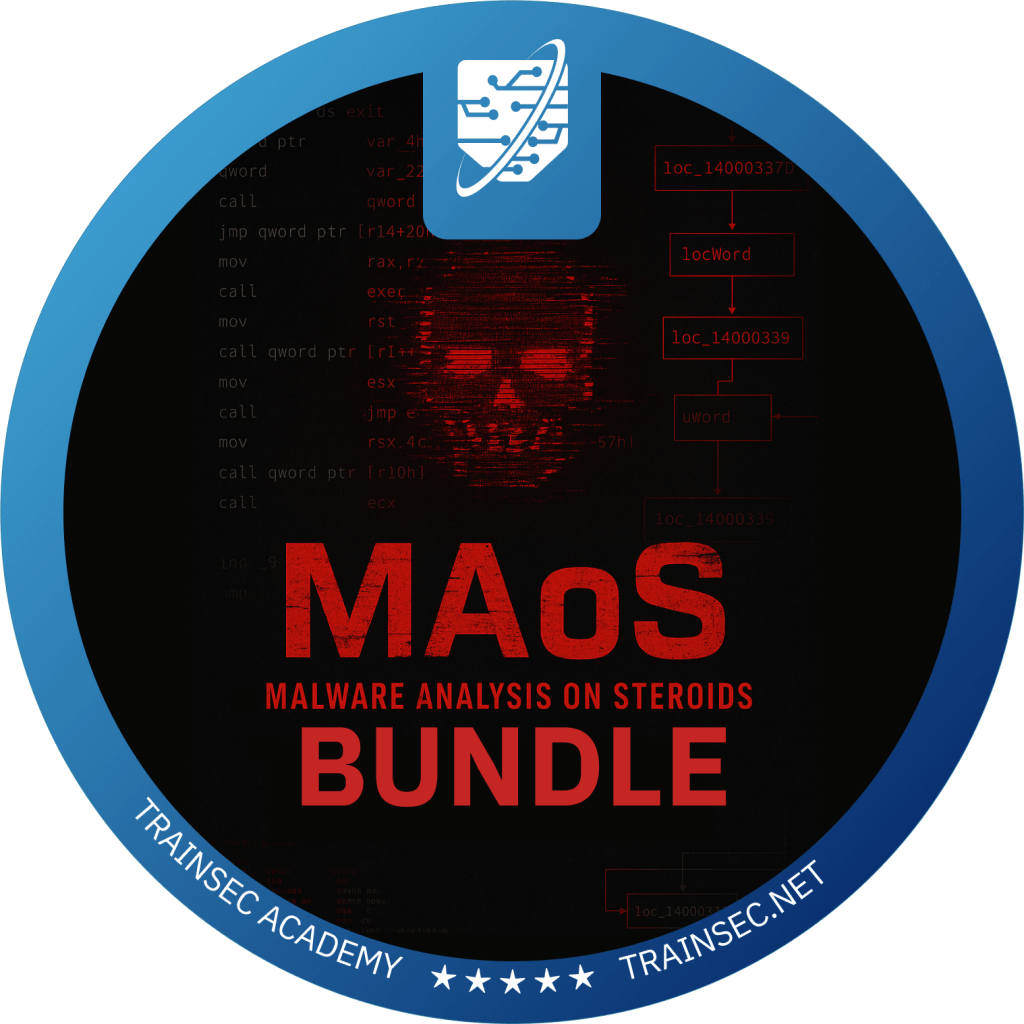
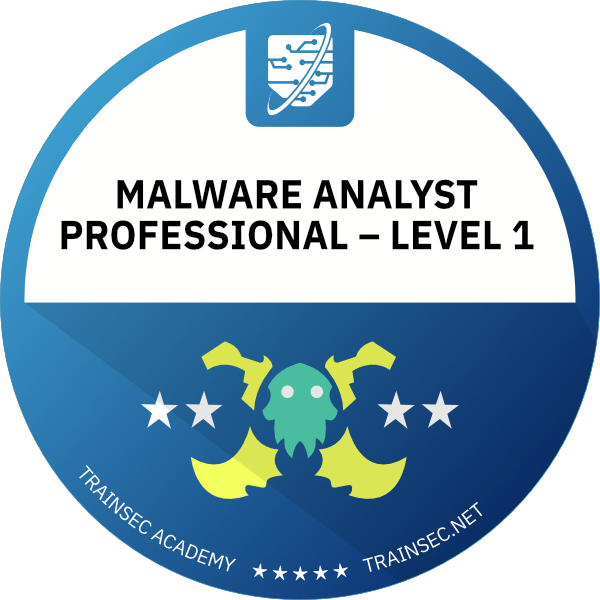
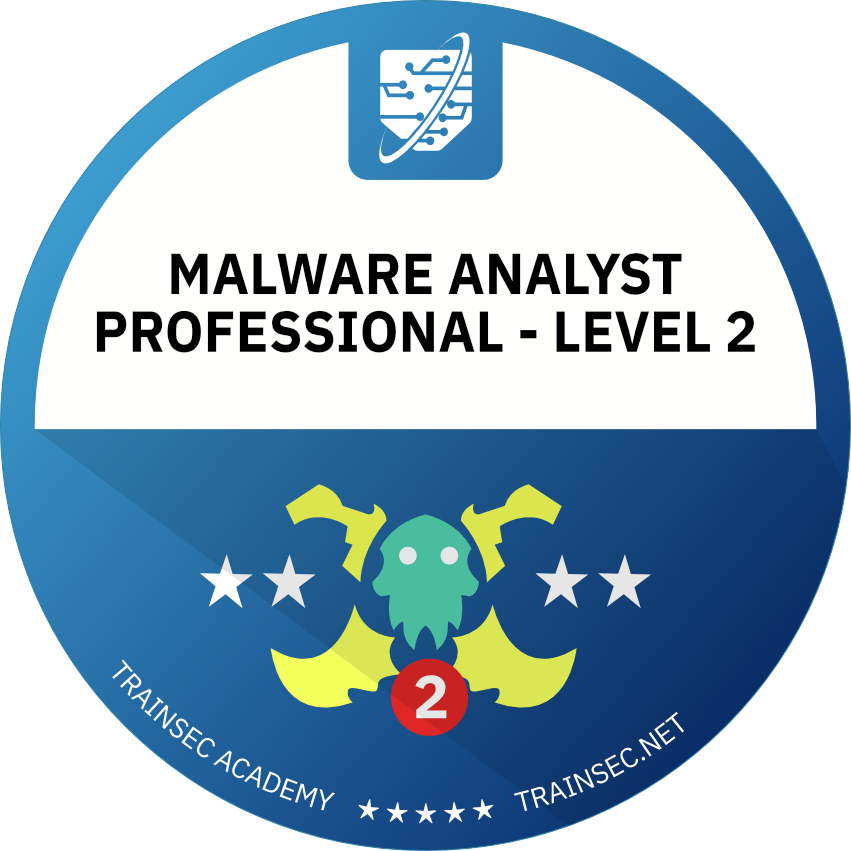
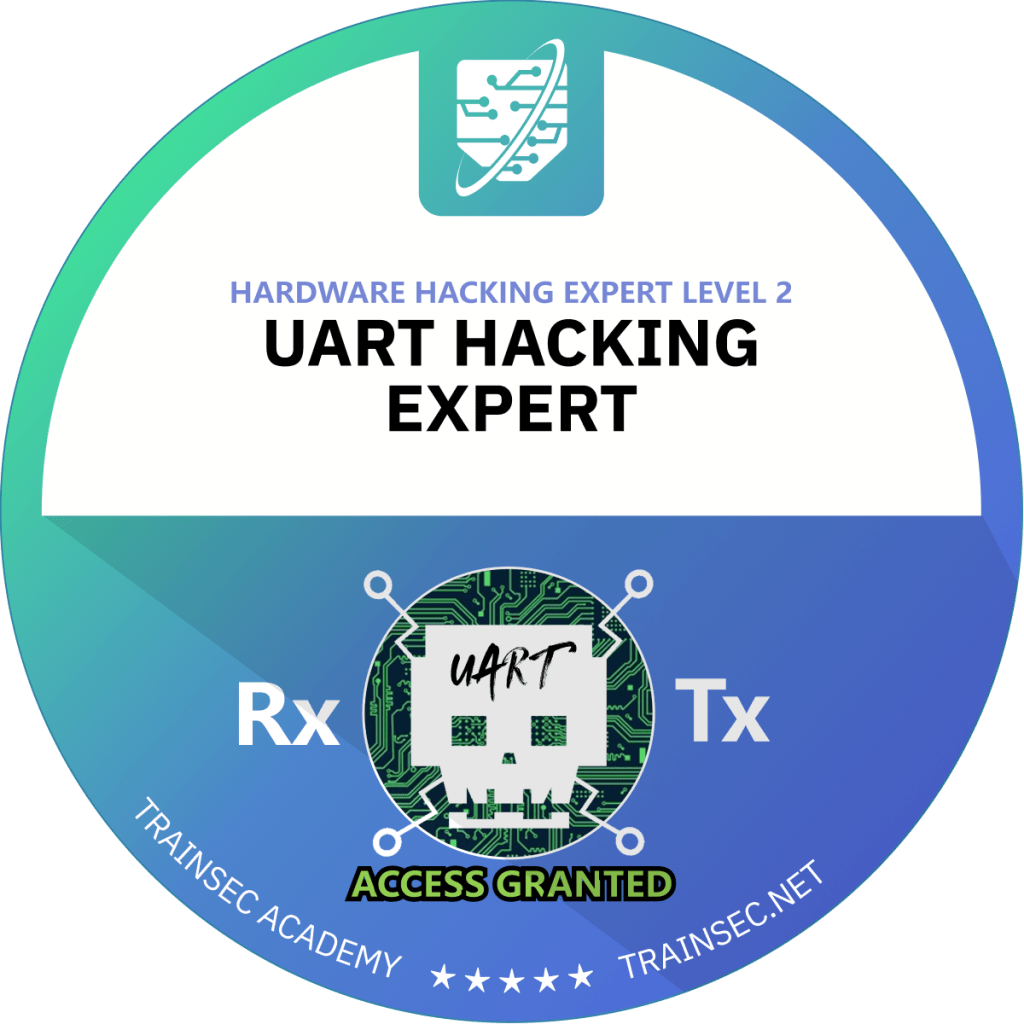

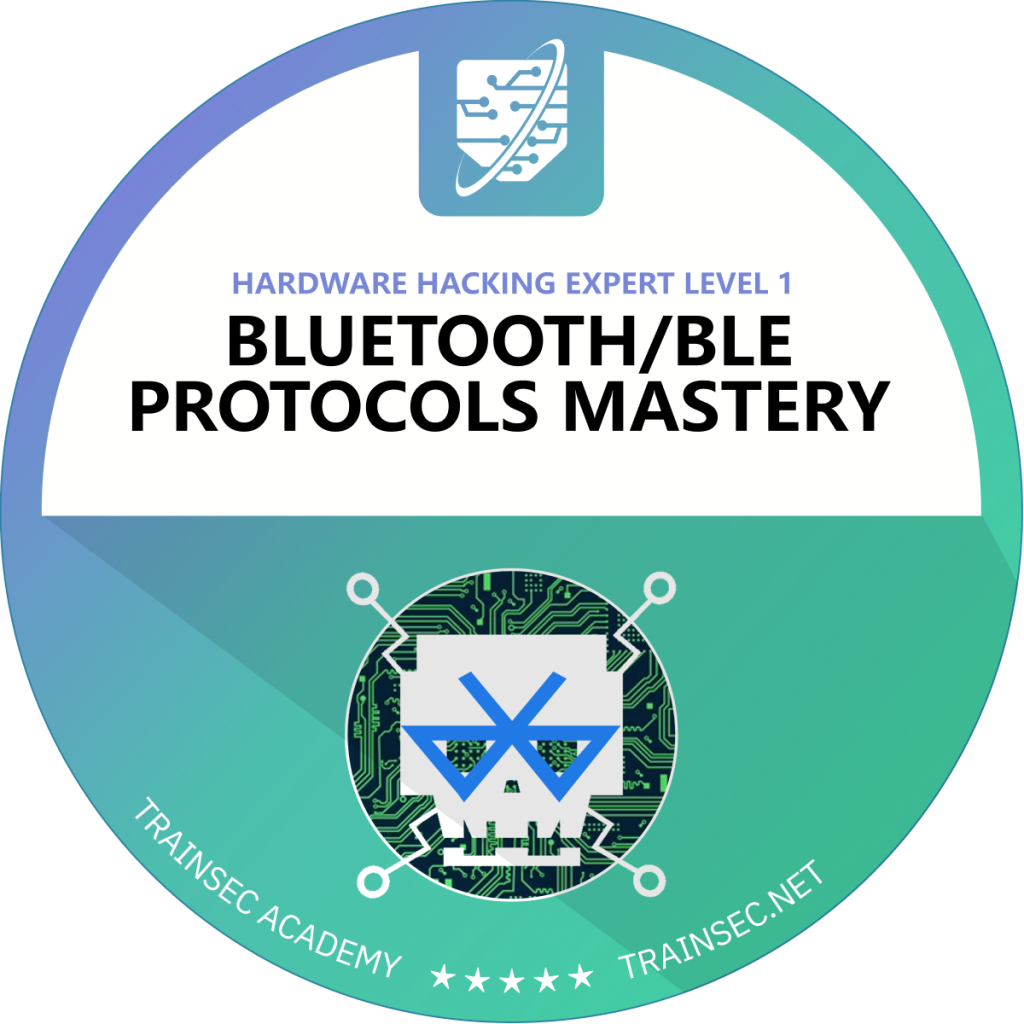
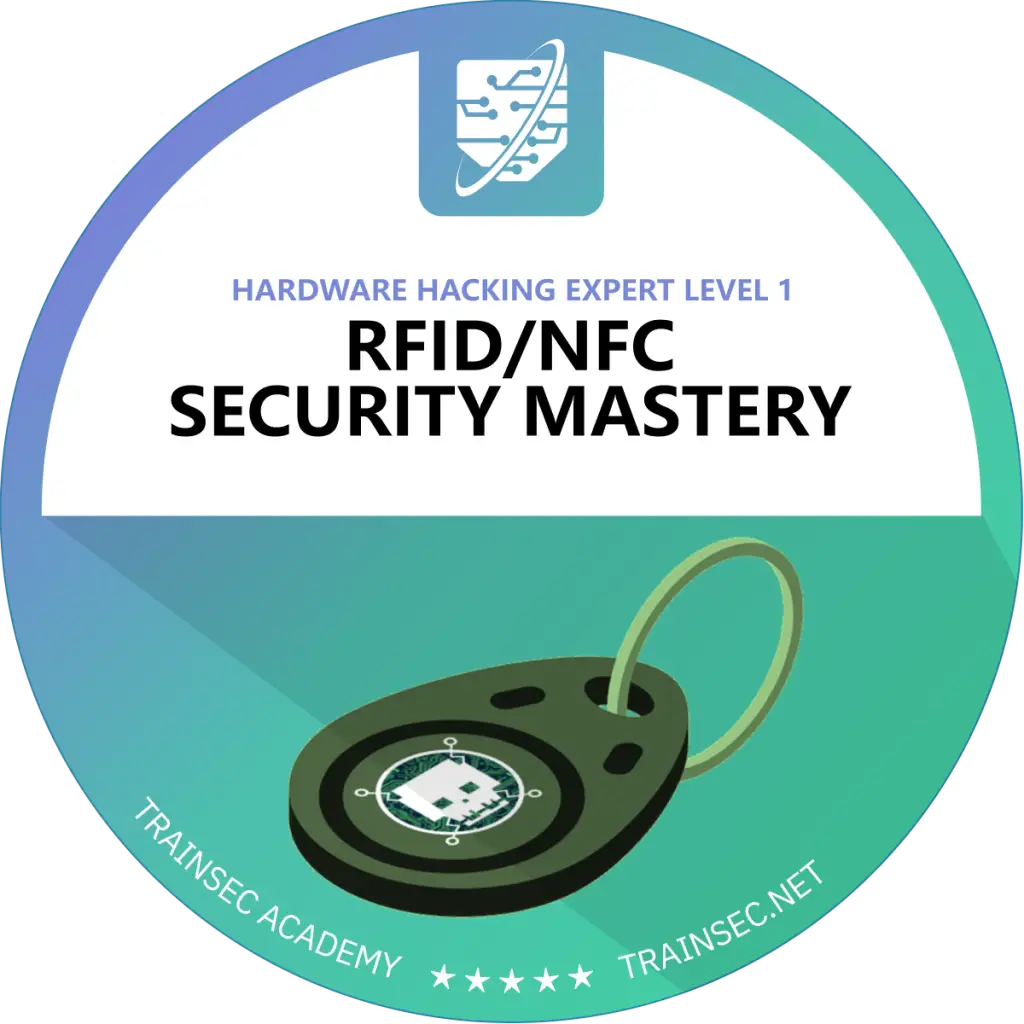

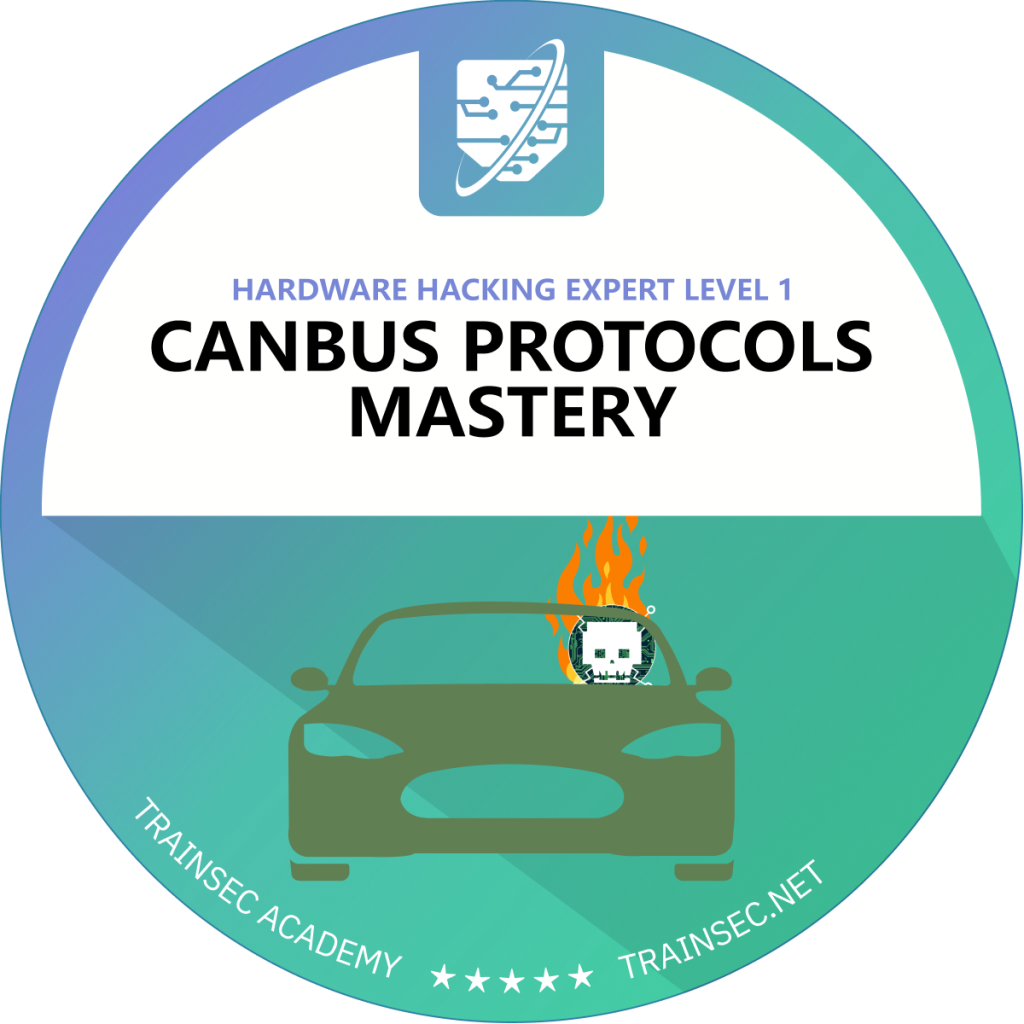
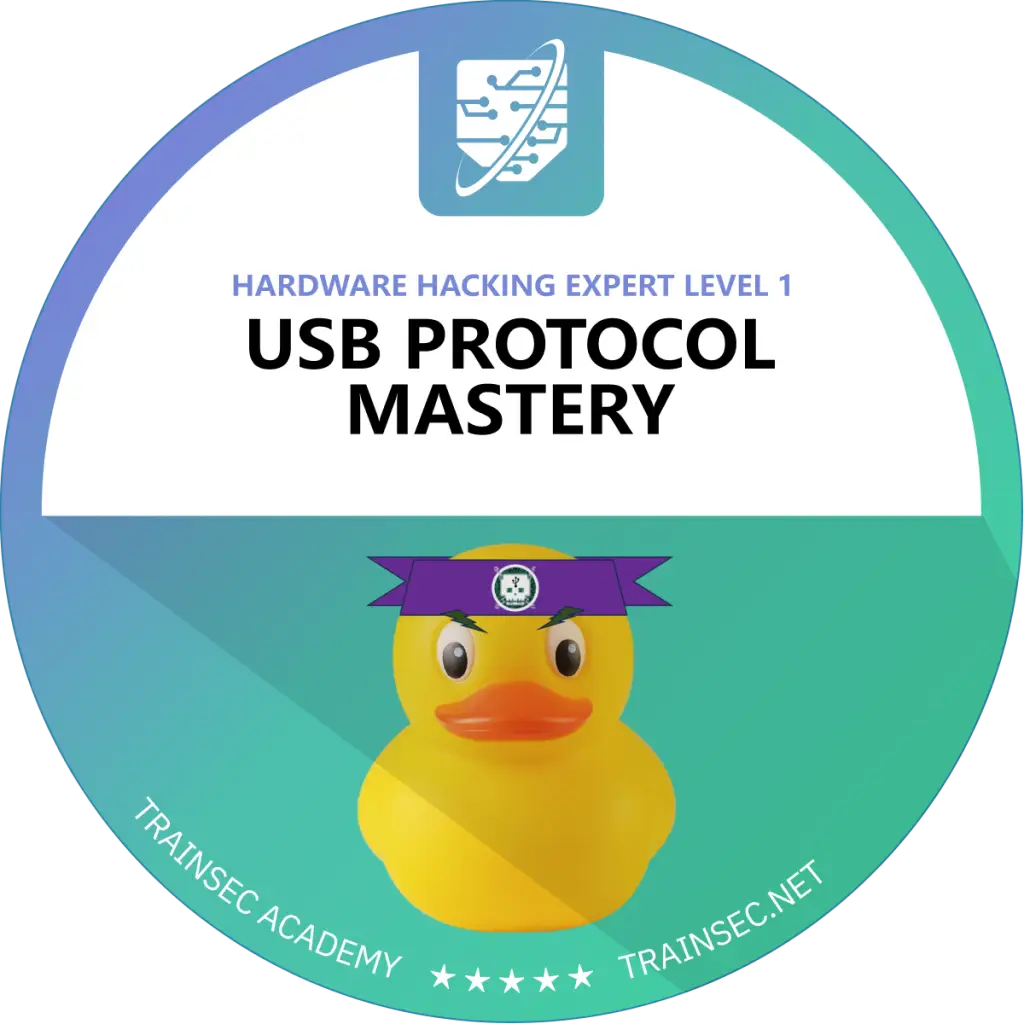


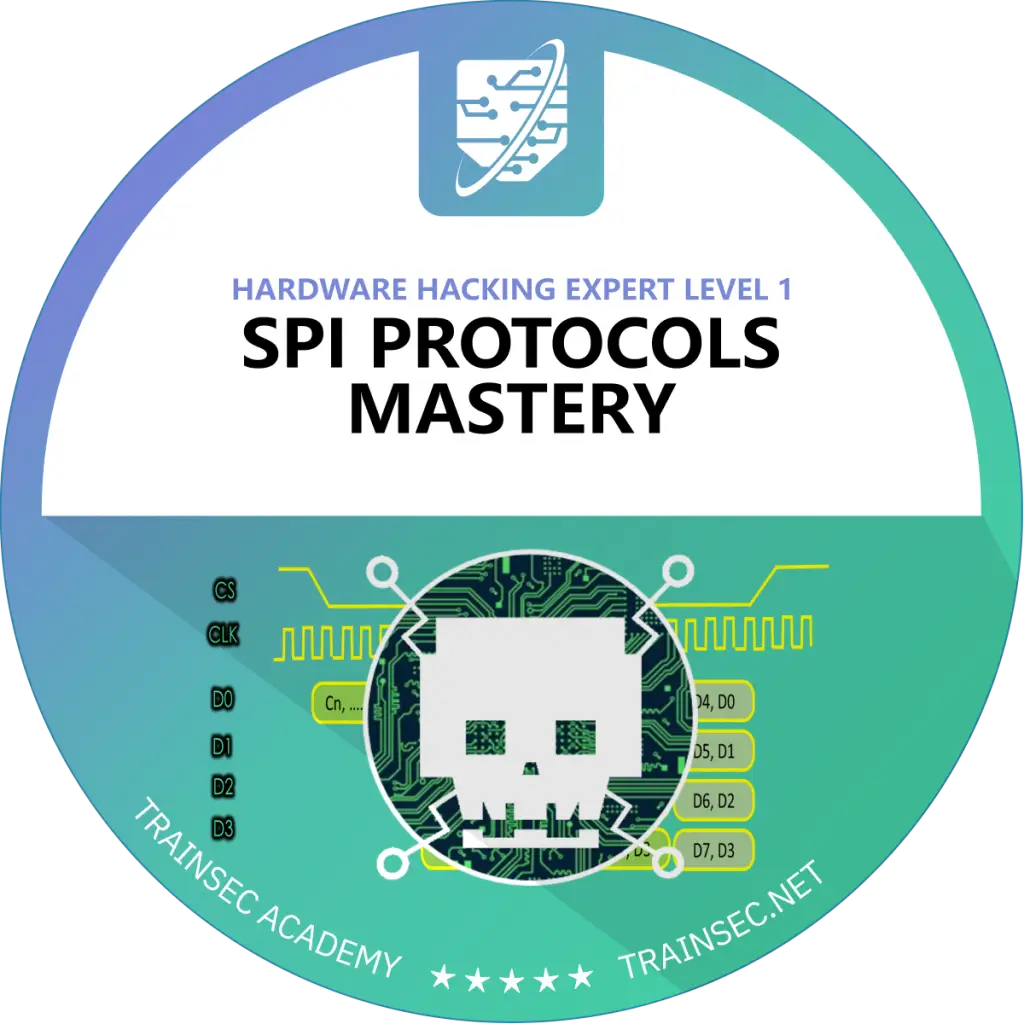




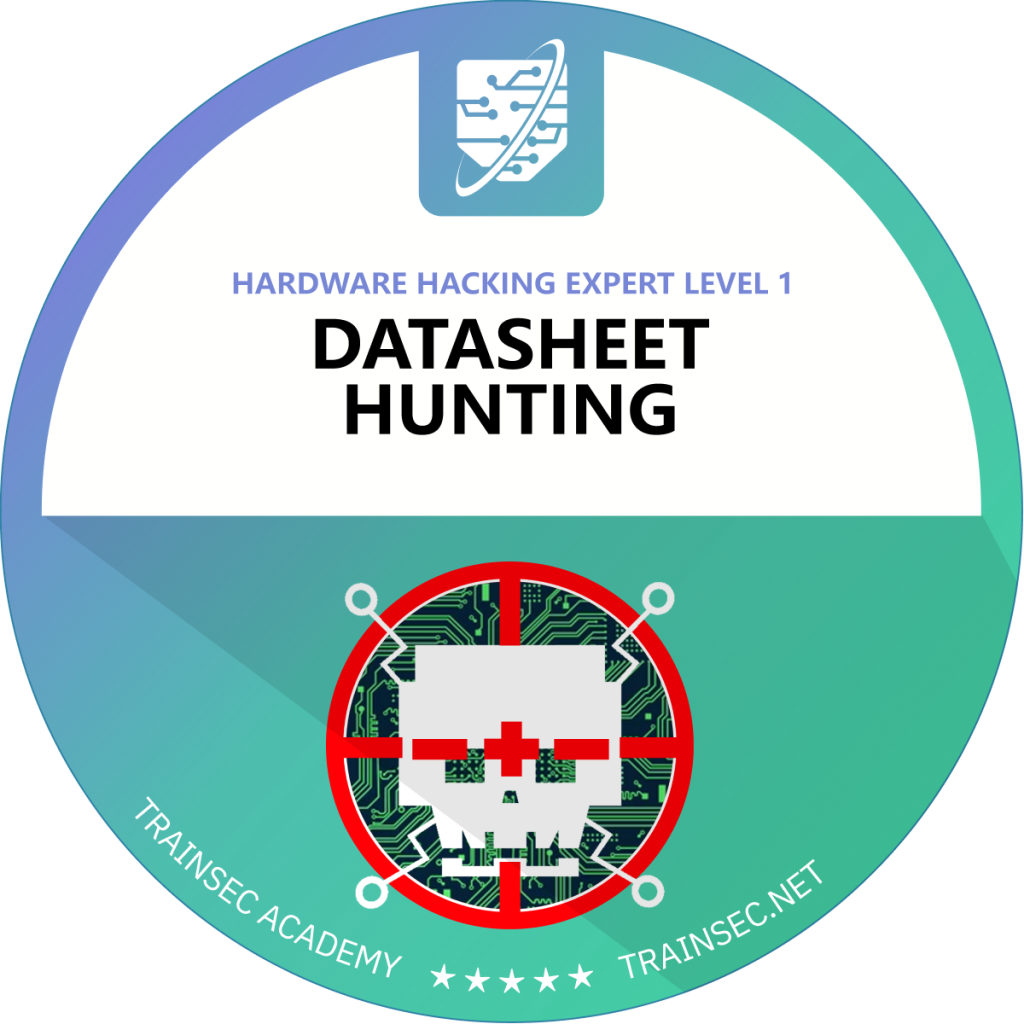
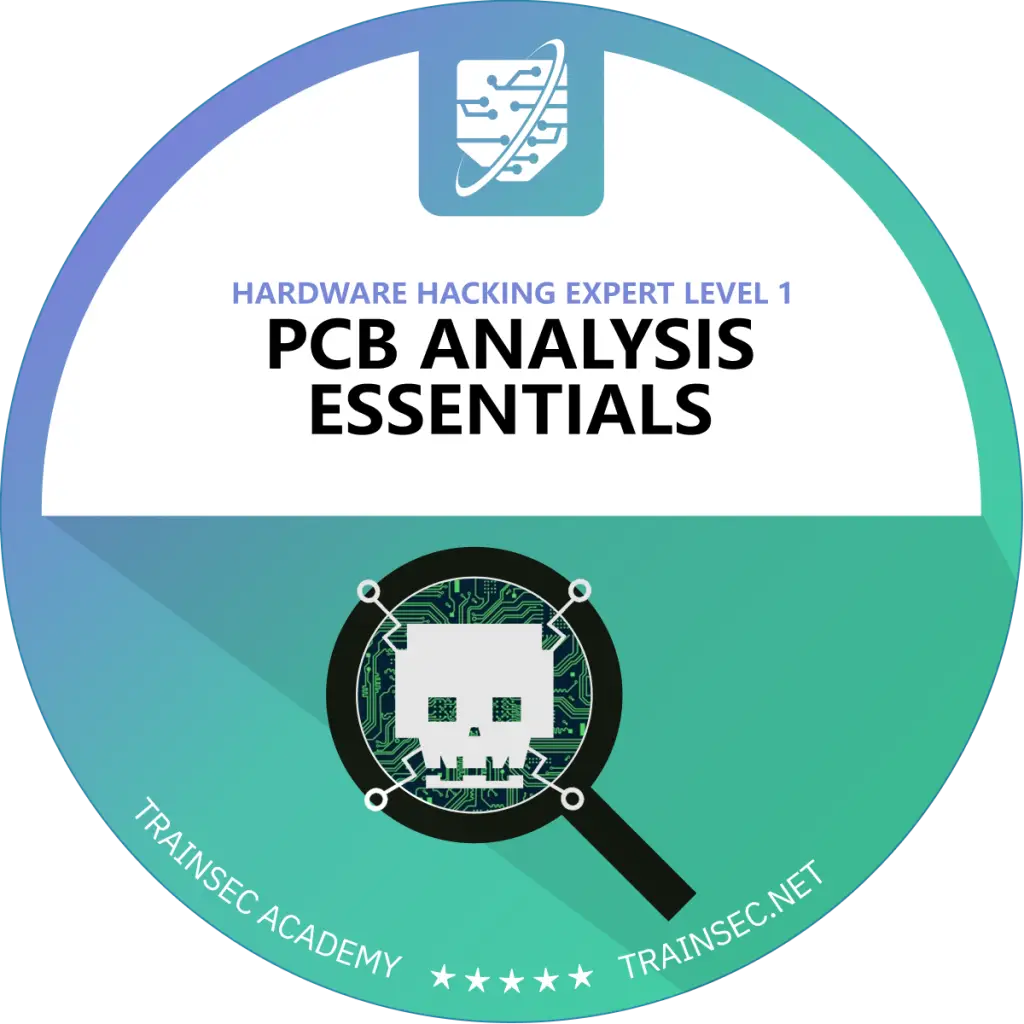

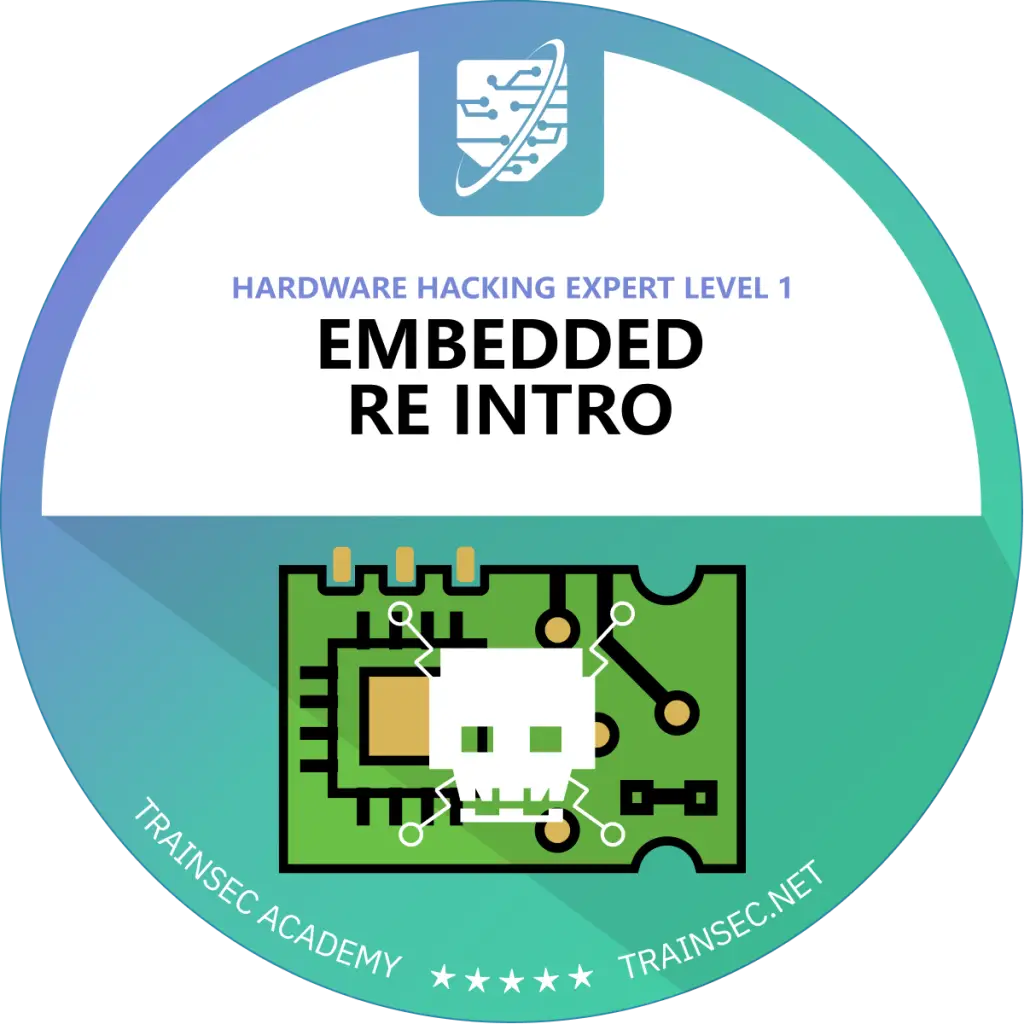
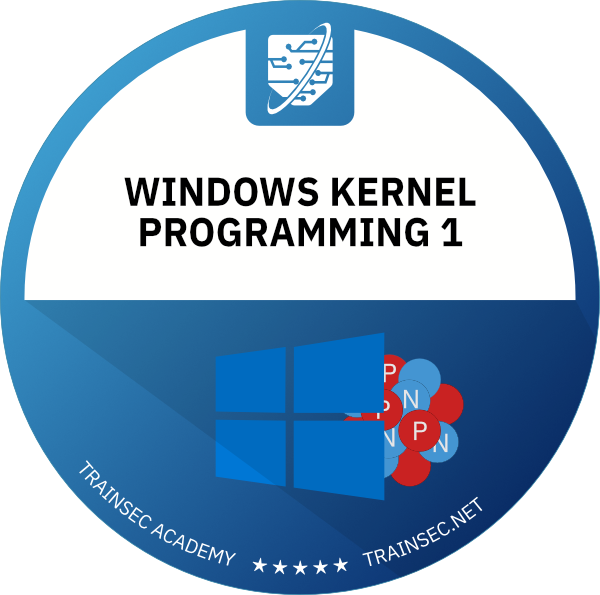
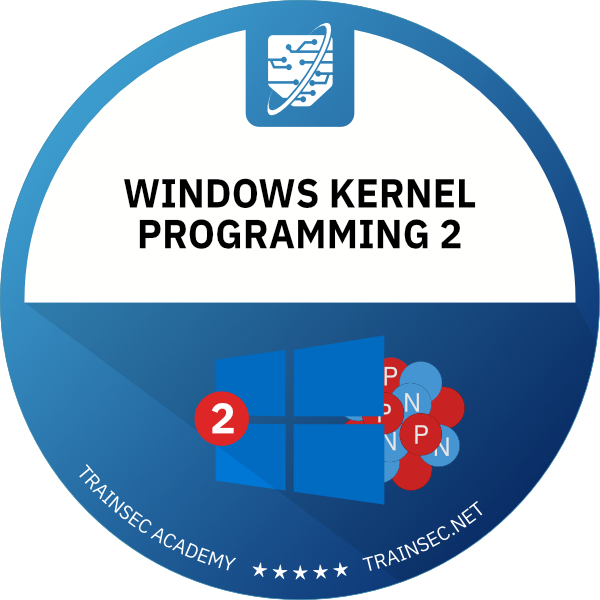
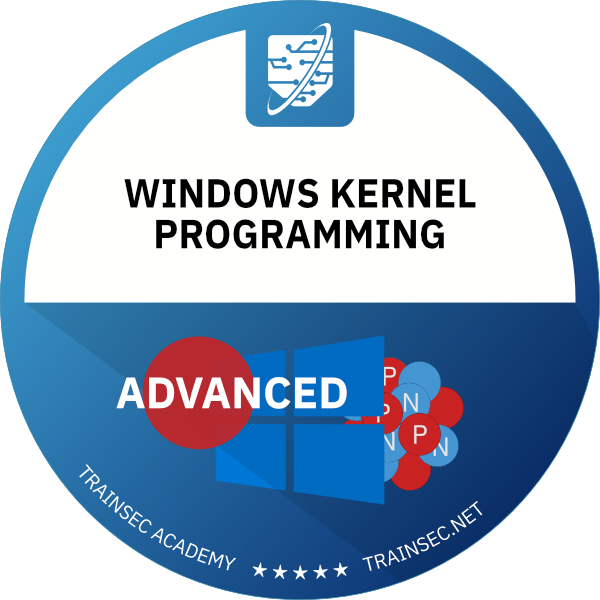
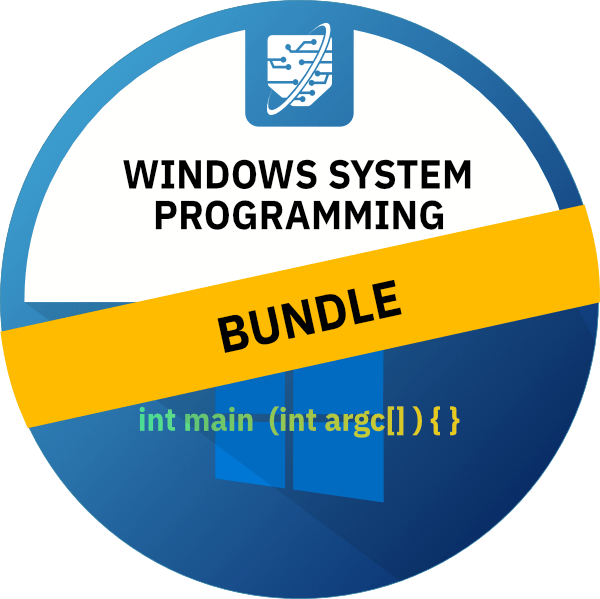
$749 or 5 × $150
By: Pavel Yosifovich | 3 Products
Leverage the Windows API in this “Windows System Programming” bundle!
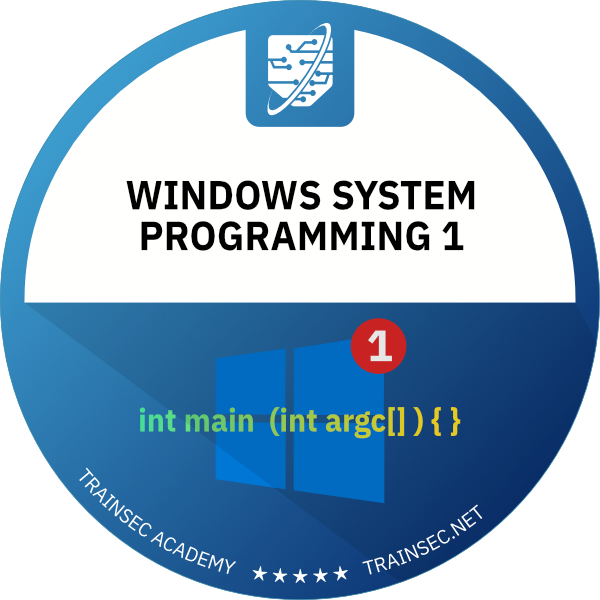
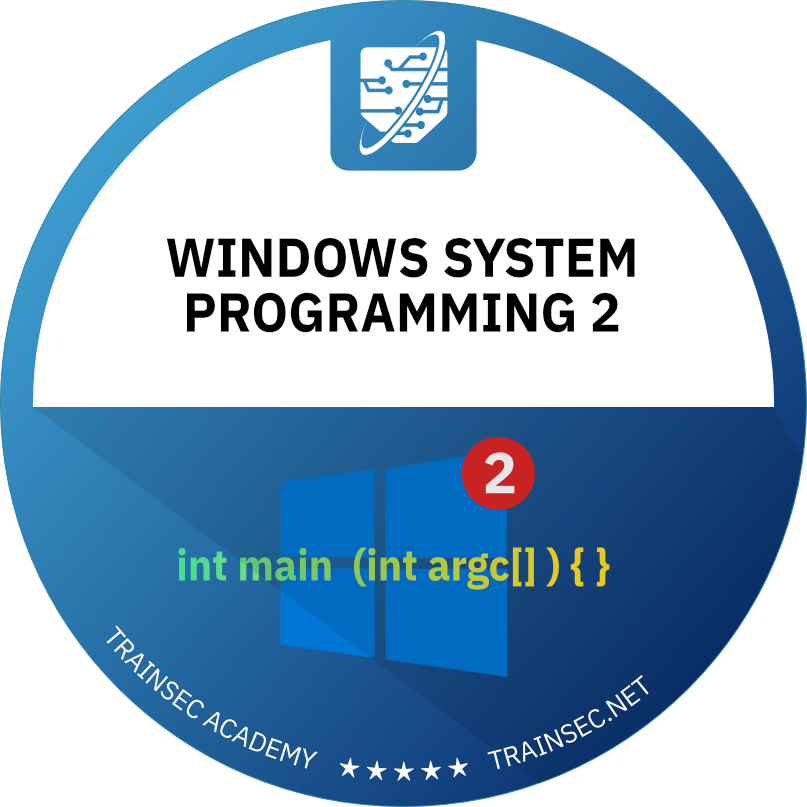
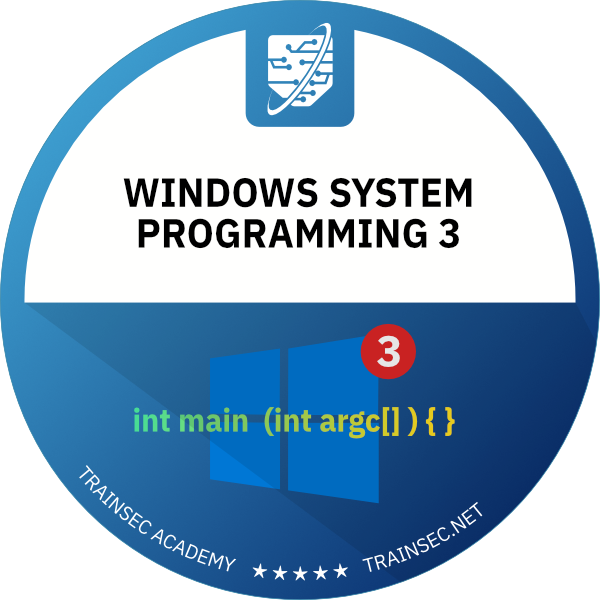
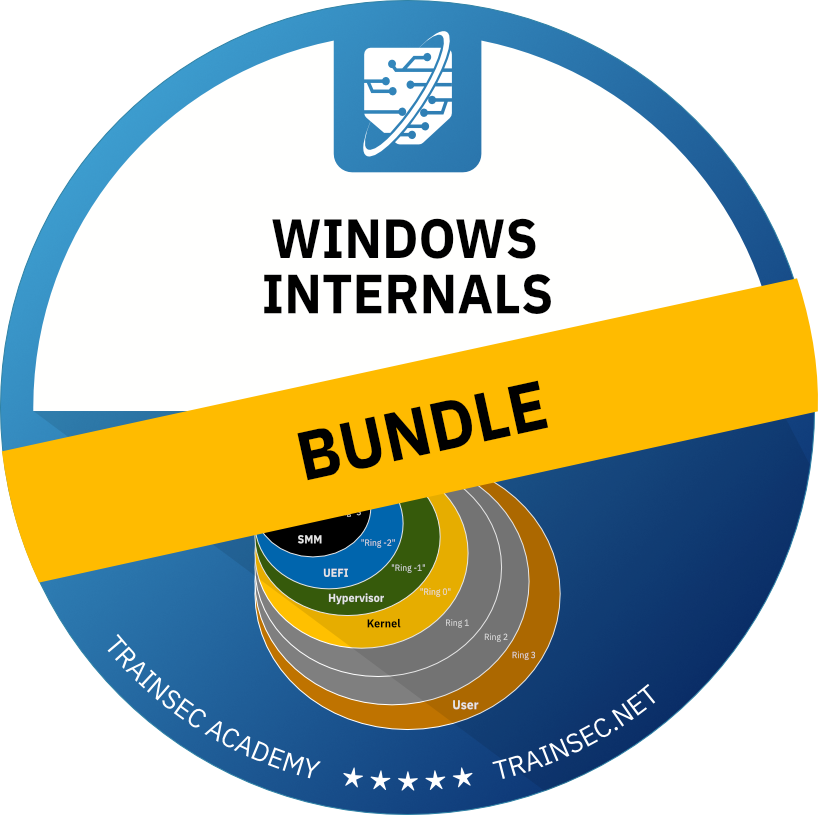
$849 or 6 × $148
By: Pavel Yosifovich | 5 Products: 211 Lessons
Bundle of the set of 5 Windows Internals courses.
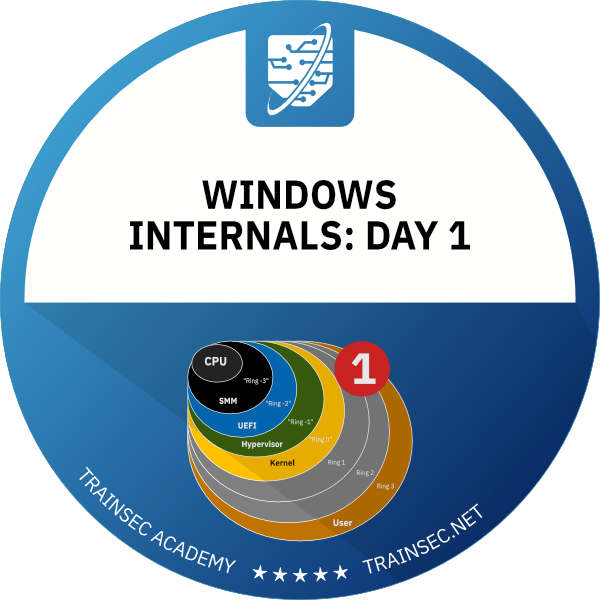
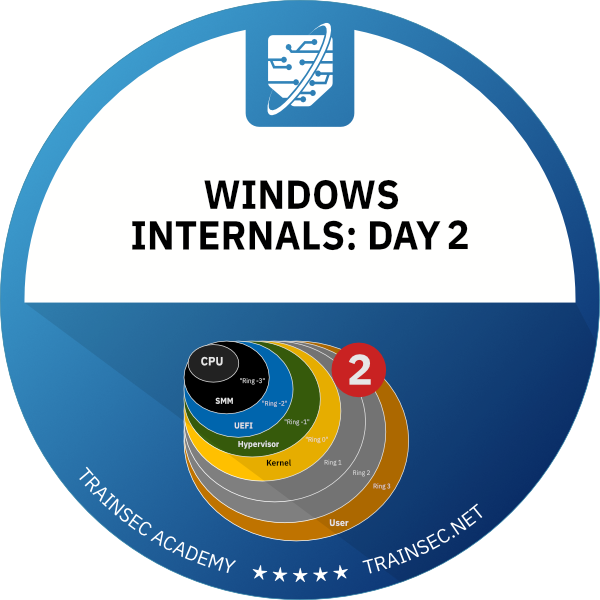
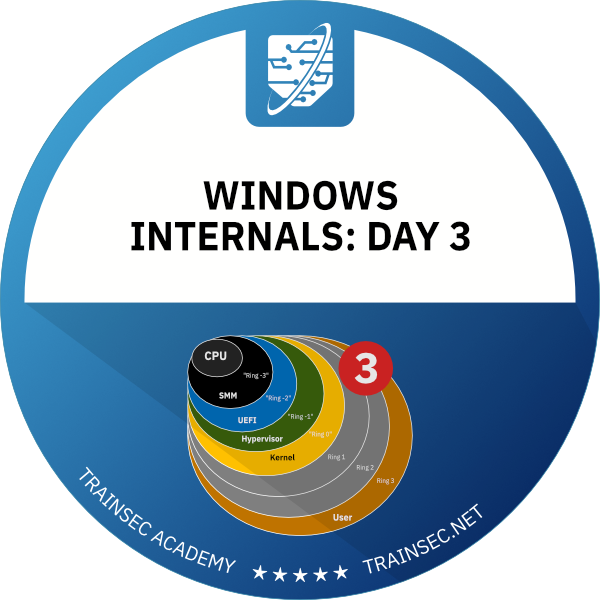
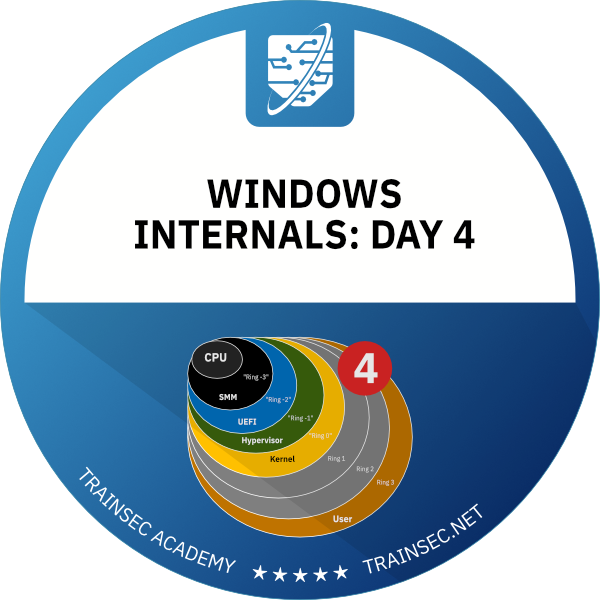
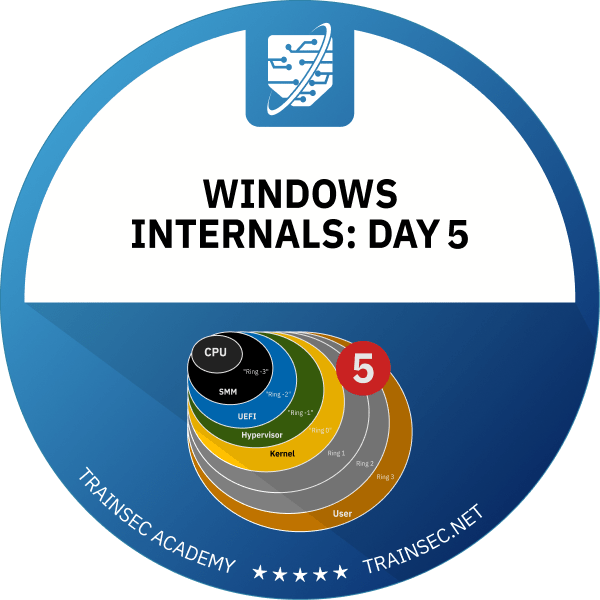
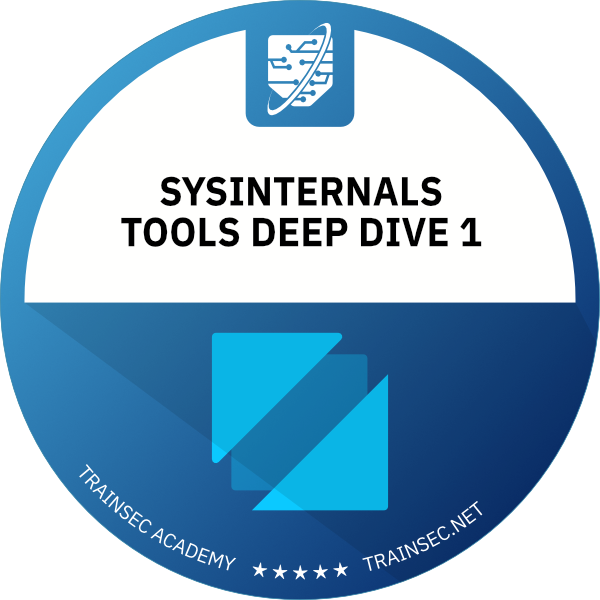
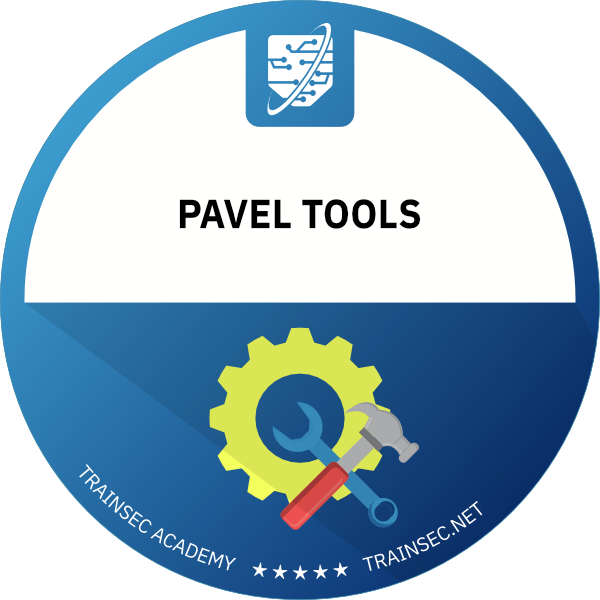
Not sure which course or learning path is right for you?
Our instructors are here to help! Contact us, and we’ll guide you to the best option based on your goals and experience.

$749 or 5 × $150
By: Pavel Yosifovich | 3 Products
Leverage the Windows API in this “Windows System Programming” bundle!



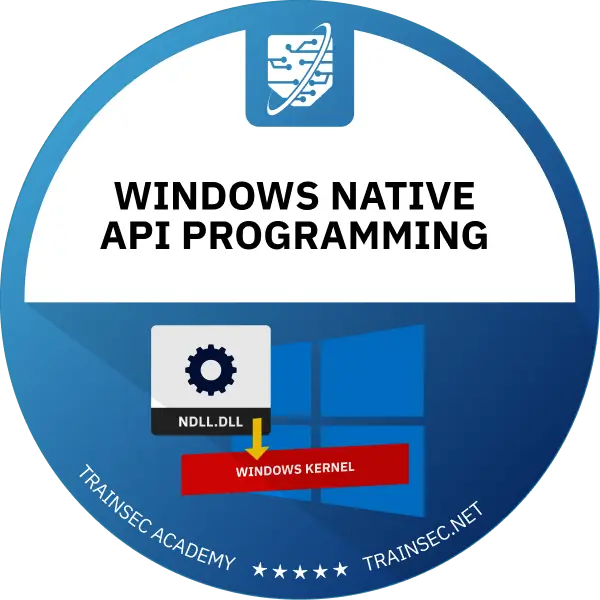
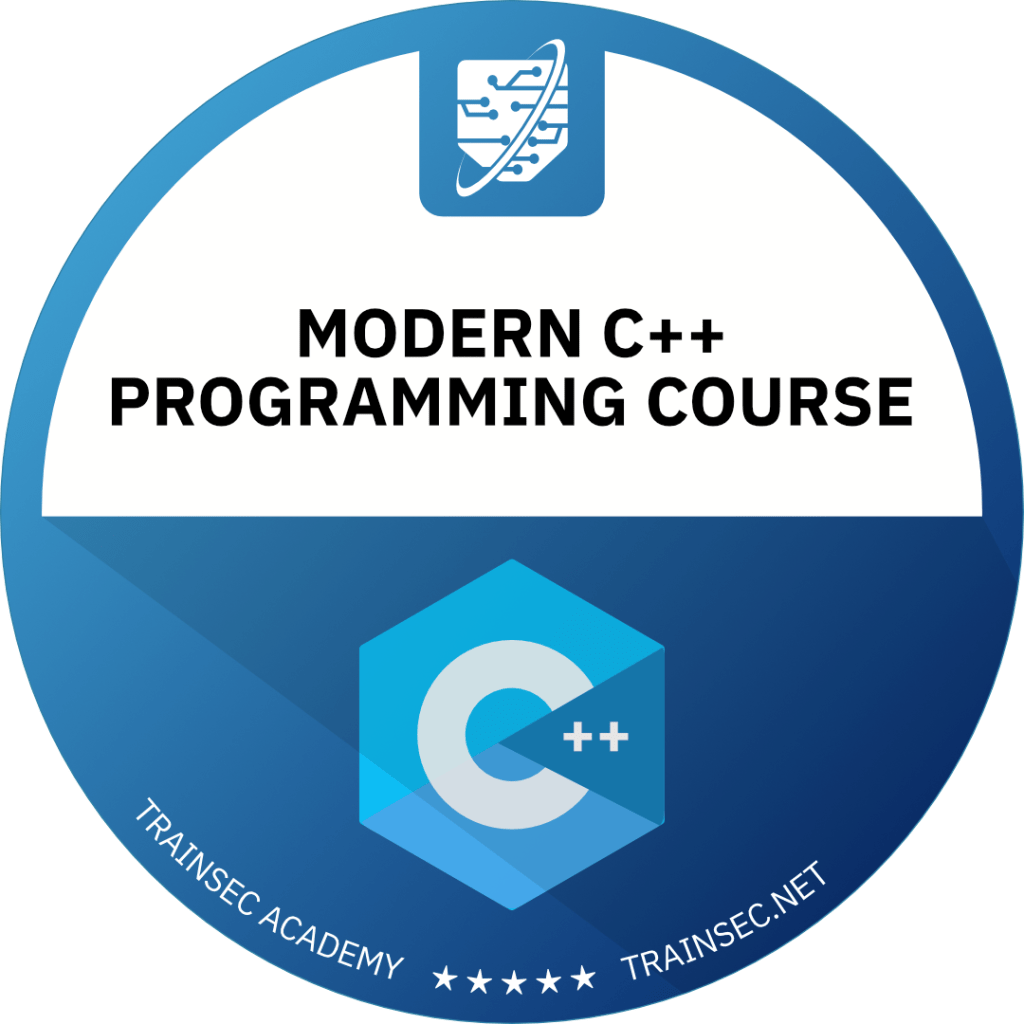
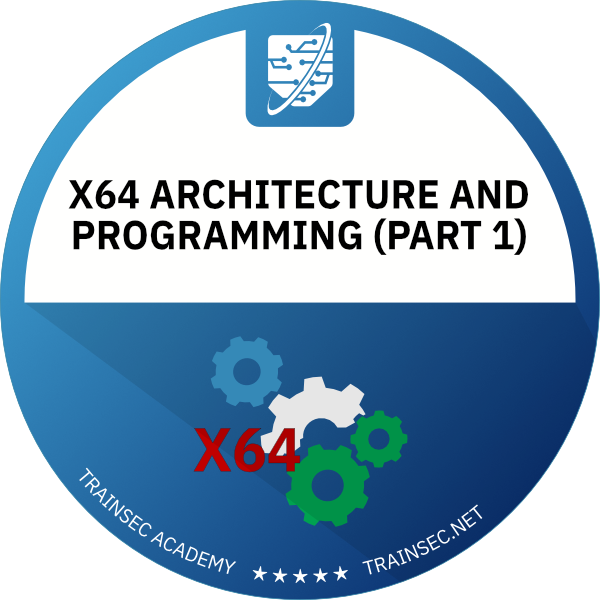
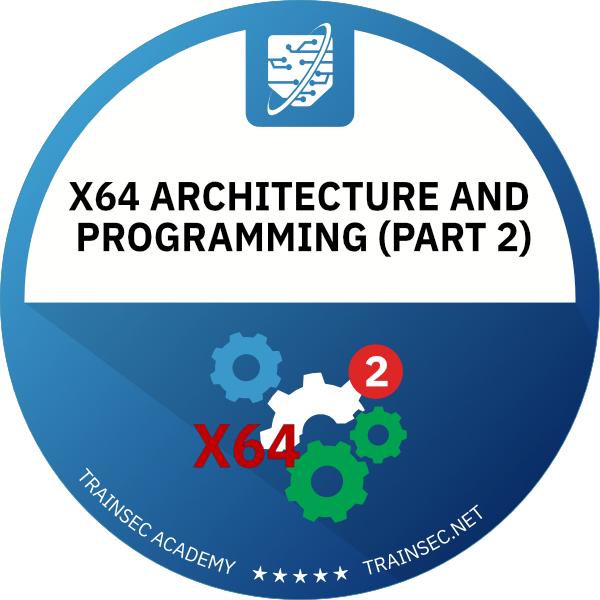
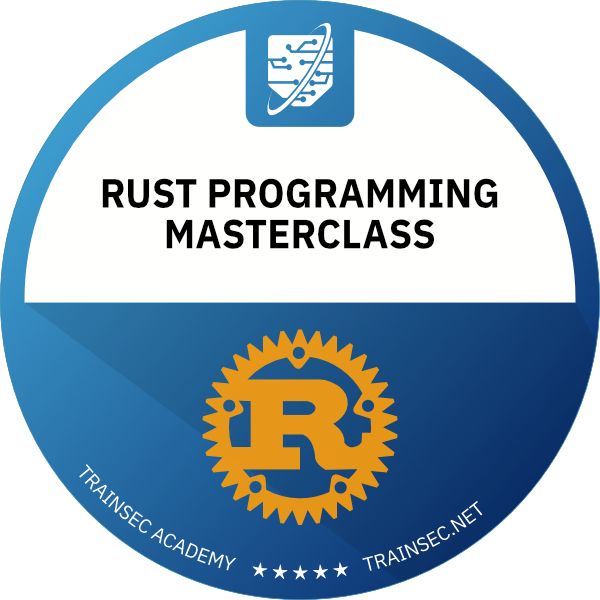
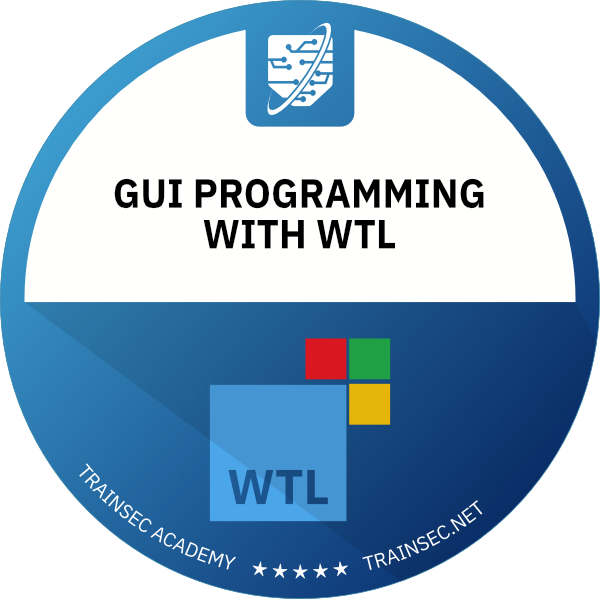
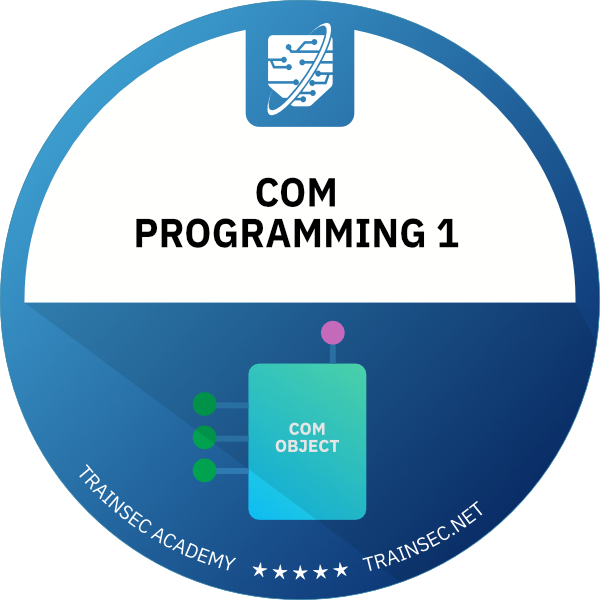
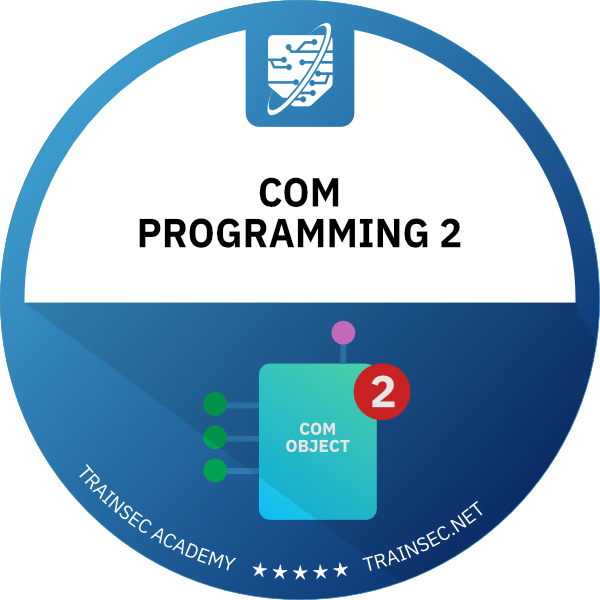



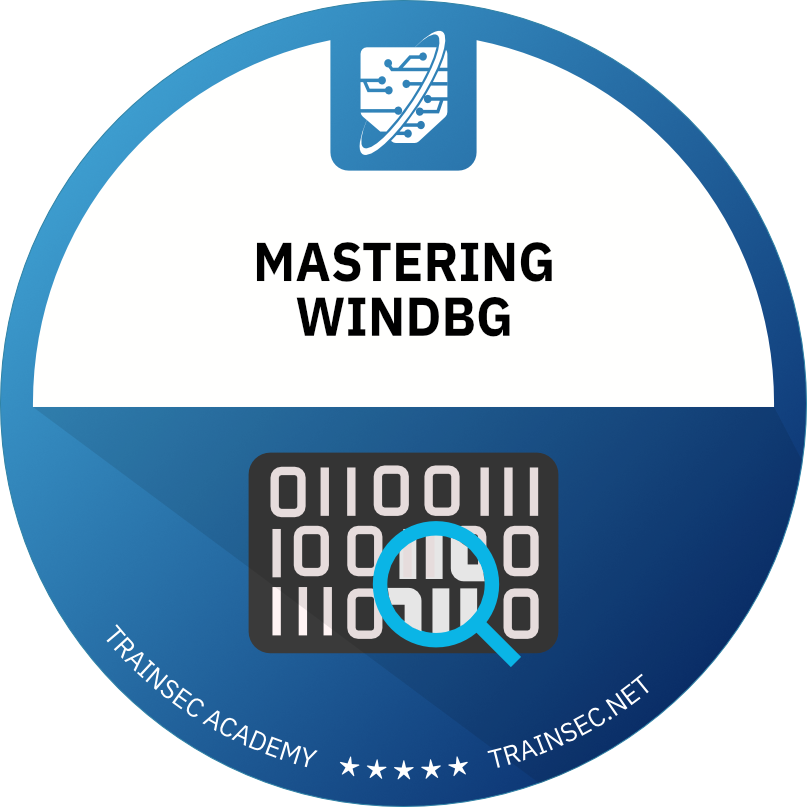
Join our Discord community and tweet us on X to get involved. Ask questions, elaborate on ideas, and share knowledge.
For any questions related to the course materials, payments, etc., feel free to send us a direct email or use the course-specific channels on our Discord server.
Subscribe to get the latest cybersecurity trends and insider knowledge.